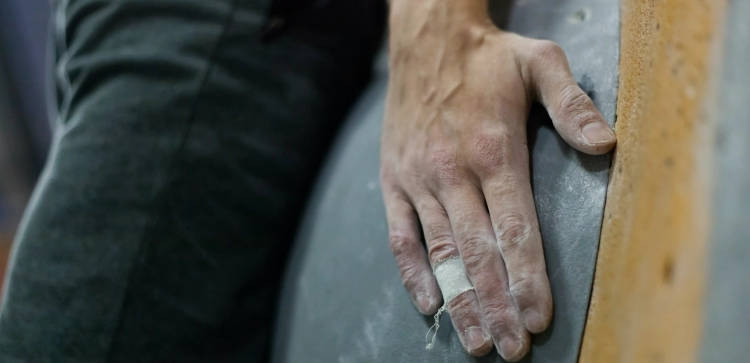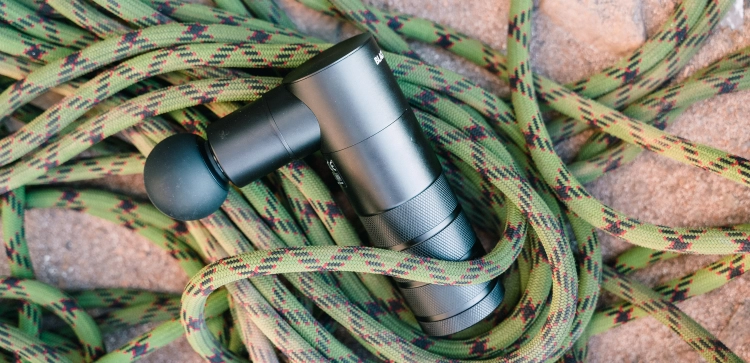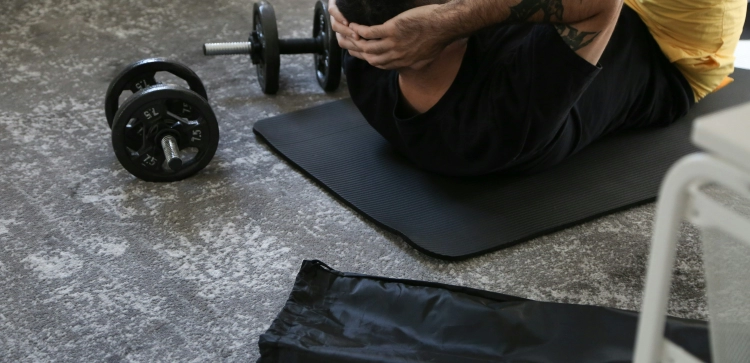What Are The Steps To Recovering From Common Climbing-related Injuries?

Climbing, with its dynamic movements and physical demands, can sometimes lead to injuries. Recovering from climbing-related injuries requires a thoughtful and structured approach. In this detailed guide, we will navigate the steps to rehabilitation, addressing common climbing-related injuries and outlining strategies to return to the rock with resilience and caution.
- Immediate Response To Injury
- Professional Assessment And Diagnosis
- Treatment And Rehabilitation
- Preventive Measures And Conditioning
- Mental Recovery And Support
- Addressing Common Questions And Concerns
- How Long Does Recovery Take?
- Can Climbing Be Resumed After Recovery?
- Are Some Climbing Injuries Preventable?
- Conclusion: A Resilient Ascent
Immediate Response to Injury
Assessment and Evaluation
Upon sustaining an injury, assess the severity and type of injury. Differentiate between acute injuries, such as sprains or fractures, and chronic overuse injuries. Evaluate the range of motion, swelling, and pain levels to determine the initial steps for care.
Immediate First Aid
Provide immediate first aid to manage pain and swelling. Utilize the R.I.C.E. method:
-
Rest: Avoid using the injured limb to prevent further damage.
-
Ice: Apply ice to the affected area for 15-20 minutes every 2-3 hours during the initial 48 hours.
-
Compression: Use compression bandages to control swelling.
-
Elevation: Elevate the injured limb above heart level to minimize swelling.
Professional Assessment and Diagnosis
Consultation with a Healthcare Professional
Seek professional medical assessment for a thorough diagnosis. Consult with a healthcare professional, such as a sports medicine physician or physical therapist, who specializes in climbing-related injuries. A precise diagnosis guides an appropriate treatment plan.
Imaging and Diagnostic Tests
In some cases, diagnostic imaging such as X-rays, MRIs, or ultrasound may be recommended to assess the extent of the injury. These tests provide valuable insights into fractures, soft tissue damage, or structural issues.
Treatment and Rehabilitation
Rest and Immobilization
Follow the prescribed period of rest to allow the injured area to heal. Immobilization, such as splints or braces, may be recommended to prevent further strain and promote optimal recovery.
Physical Therapy
Engage in physical therapy to address muscle imbalances, improve flexibility, and enhance overall strength. Physical therapists design targeted exercises and rehabilitation programs to facilitate a safe return to climbing.
Gradual Return to Climbing
Once cleared by healthcare professionals, initiate a gradual return to climbing. Start with low-intensity climbs and progressively increase difficulty. Pay attention to any signs of discomfort and adjust climbing intensity accordingly.
Preventive Measures and Conditioning
Strengthening Exercises
Incorporate strength training exercises targeting the muscles involved in climbing. Focus on both the injured area and surrounding muscle groups to establish balanced strength and prevent future injuries.
Flexibility and Mobility
Prioritize flexibility and mobility exercises to improve joint range of motion. Dynamic stretches and yoga can contribute to increased flexibility, reducing the risk of strains and overuse injuries.
Technique Refinement
Work on refining climbing technique to minimize strain on vulnerable areas. Consult experienced climbers or coaches for guidance on efficient movements and body positioning.
Mental Recovery and Support
Psychological Support
Recognize and address the psychological impact of injuries. Seek support from friends, fellow climbers, or mental health professionals if needed. Mental resilience is crucial for a successful recovery.
Goal Setting and Patience
Set realistic goals for recovery and acknowledge that the process takes time. Establish short-term and long-term objectives, celebrating small achievements along the way. Patience is key to a sustainable and effective recovery.
Addressing Common Questions and Concerns
How Long Does Recovery Take?
The duration of recovery varies based on the type and severity of the injury. Minor injuries may require a few weeks, while more severe injuries may necessitate several months of rehabilitation. Individual factors such as adherence to treatment plans and overall health also impact recovery time.
Can Climbing Be Resumed After Recovery?
Yes, climbing can be resumed after recovery, but it should be done gradually and under professional guidance. The return to climbing depends on the specific injury, treatment outcomes, and the individual's readiness. Rushing the process may lead to setbacks or re-injury.
Are Some Climbing Injuries Preventable?
Many climbing injuries are preventable with proper warm-up routines, strength training, and technique refinement. Attention to climbing equipment, such as shoes and harnesses, can also contribute to injury prevention. Regular conditioning and a mindful approach to climbing reduce the risk of common injuries.
Conclusion: A Resilient Ascent
Recovering from climbing-related injuries is a holistic journey that encompasses physical rehabilitation, preventive measures, and mental resilience. By following a systematic approach, seeking professional guidance, and prioritizing both physical and mental aspects of recovery, climbers can ascend from adversity with newfound strength and caution.














